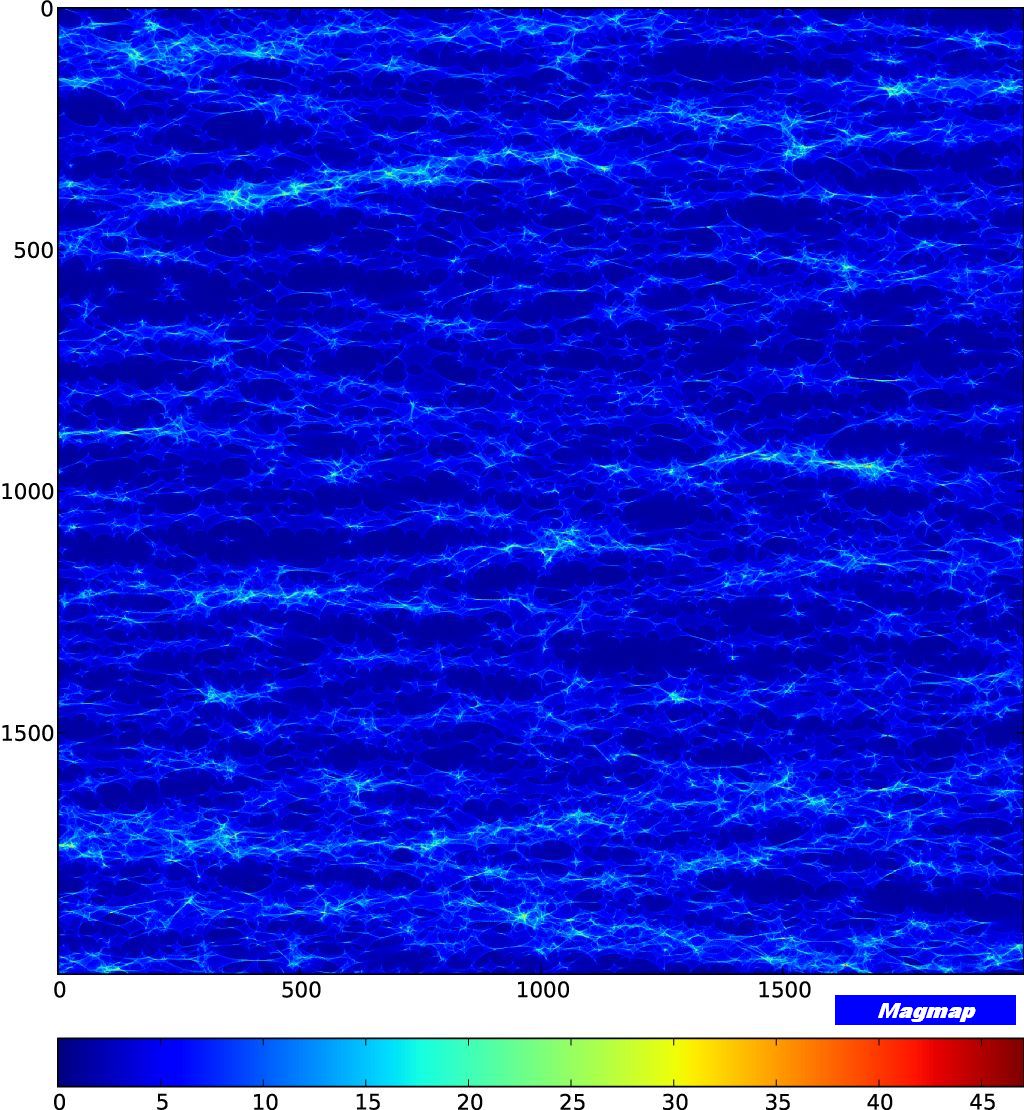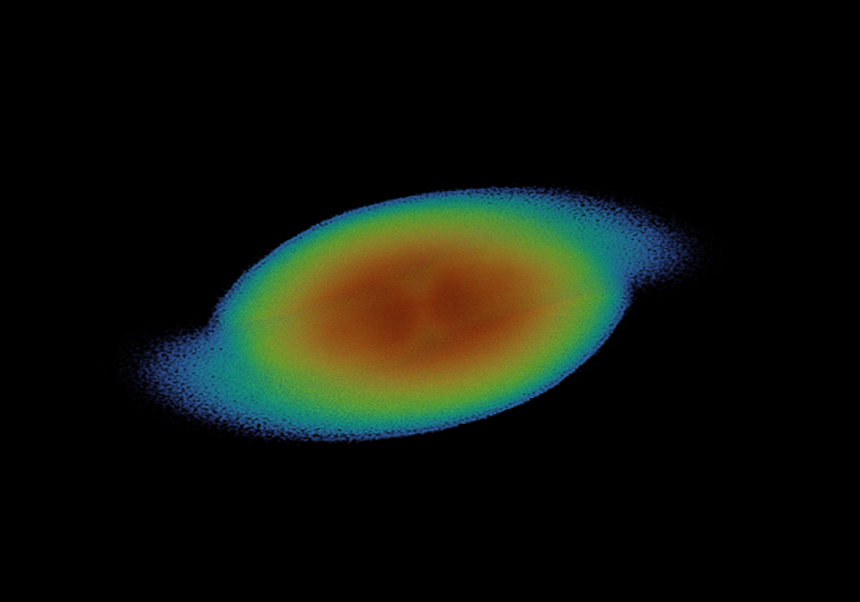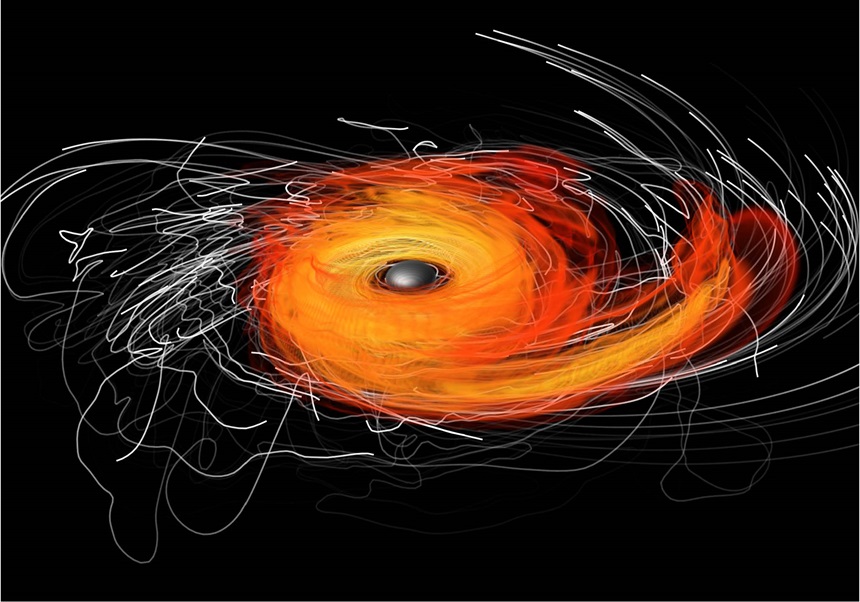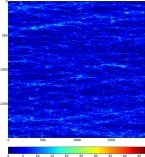
Exposicions Tesis. Avuí, dia 16 de desembre, divendres, a les 11:30 h, al Saló d'Actes de la Biblioteca de Ciències Eduard Bosca, Burjassot, tindrà lloc la lectura de la Tesi Doctoral realitzada per Héctor Vives, sota la direcció del doctor José Antonio Muñoz Lozano, professor titular d'este departament.
ABSTRACT:
We use gravitational lens systems in which a galaxy produces multiple images of a distant quasar to study the properties of both the unresolved structure of the lensed quasar and the mass distribution in the gravitational lens.
First, we estimate the size and the logarithmic slope of the temperature profile in the accretion disk of the lensed quasar Q2237+0305 using a method that is independent of the component velocities, based on six epochs of multi-wavelength narrowband images from the Nordic Optical Telescope. A statistical comparison of the observed microlensing with simulations based on microlensing magnification maps gives Bayesian estimates for the half-light radius of ~8 light-days at 1736 Å in the rest frame, and an exponent of the logarithmic temperature profile close to 1, steeper than the value of 4/3 for a standard thin-disk model. The size estimate is in good agreement with most recent studies. Other works based on the study of single microlensing events predict smaller sizes, but could be statistically biased by focusing on high-magnification events.
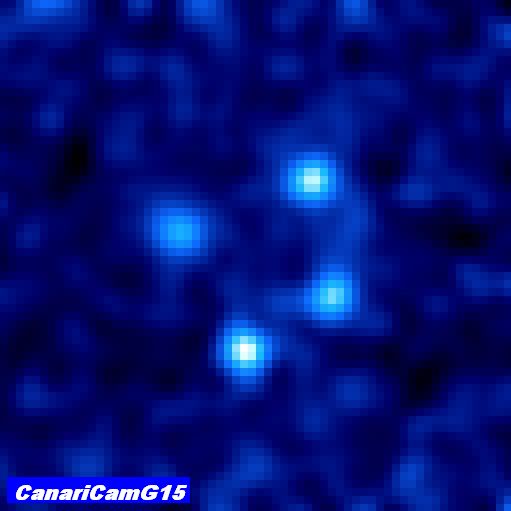
Then, we present new mid-IR observations of this quadruply lensed quasar taken with CanariCam on the Gran Telescopio Canarias (GTC). Mid-IR emission by hot dust, unlike the optical and near-IR emission from the accretion disk, is unaffected by the interstellar medium (extinction/scattering) or stellar microlensing. We compare these "true" ratios to the same optical/near-IR (stellar) microlensed flux ratios observed before to recalculate the structure of the quasar accretion disk. Moreover, if we assume that the differences in the mid-IR flux ratios measured over the years are due to microlensing variability, we find a lower limit for the size of the mid-IR emitting region of more than 200 light-days.
Next, we show Very Large Array detections of radio emission in four other quadruply lensed quasars: HS 0810+2554, RX J0911+0511, HE 0435–1223 and SDSS J0924+0219, and extended Multi-Element Remote Linked Interferometer (e-MERLIN) observations for two of the systems. All four objects are among the faintest radio sources yet detected, with intrinsic flux densities in the range 1–5 µJy; such radio objects, if unlensed, will only be observable routinely with the Square Kilometre Array. We were able to determine that the radio sources were extended, that their fluxes were compatible with no abundant substructure in the lens, and gained clues as to the nature of the radio emission.
Finally, we compile a sample of 13 gravitational lens systems with quadruply imaged quasars with observed flux ratios in mid-IR, radio or spectral narrow lines. We use their flux ratio anomalies to estimate the amount of substructure in the dark matter halo of lens galaxies. We assume that the smooth gravitational potential of the galaxies is well modeled by singular isothermal profiles plus external shear, and that the cause of the flux ratio anomalies is dark matter subhalos predicted by cold dark matter (CDM) simulations. We obtain a preliminary estimation of ~10^6 solar masses for the average subhalo mass, which is in agreement with the expected value, and an abundance of ~7.5% of the surface mass density. The abundance is high when compared to CDM predictions, but still marginally compatible at 2-sigma.
Lista de enlaces:
Imágenes:





